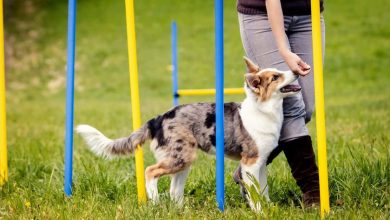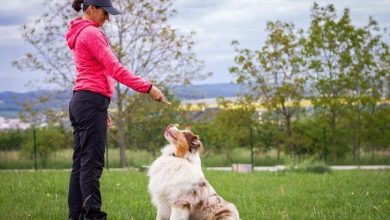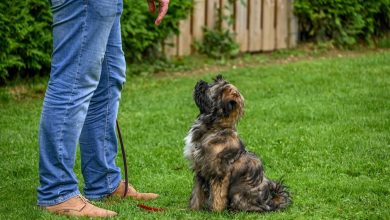Can Force-Free Training Really Control Aggressive Dogs
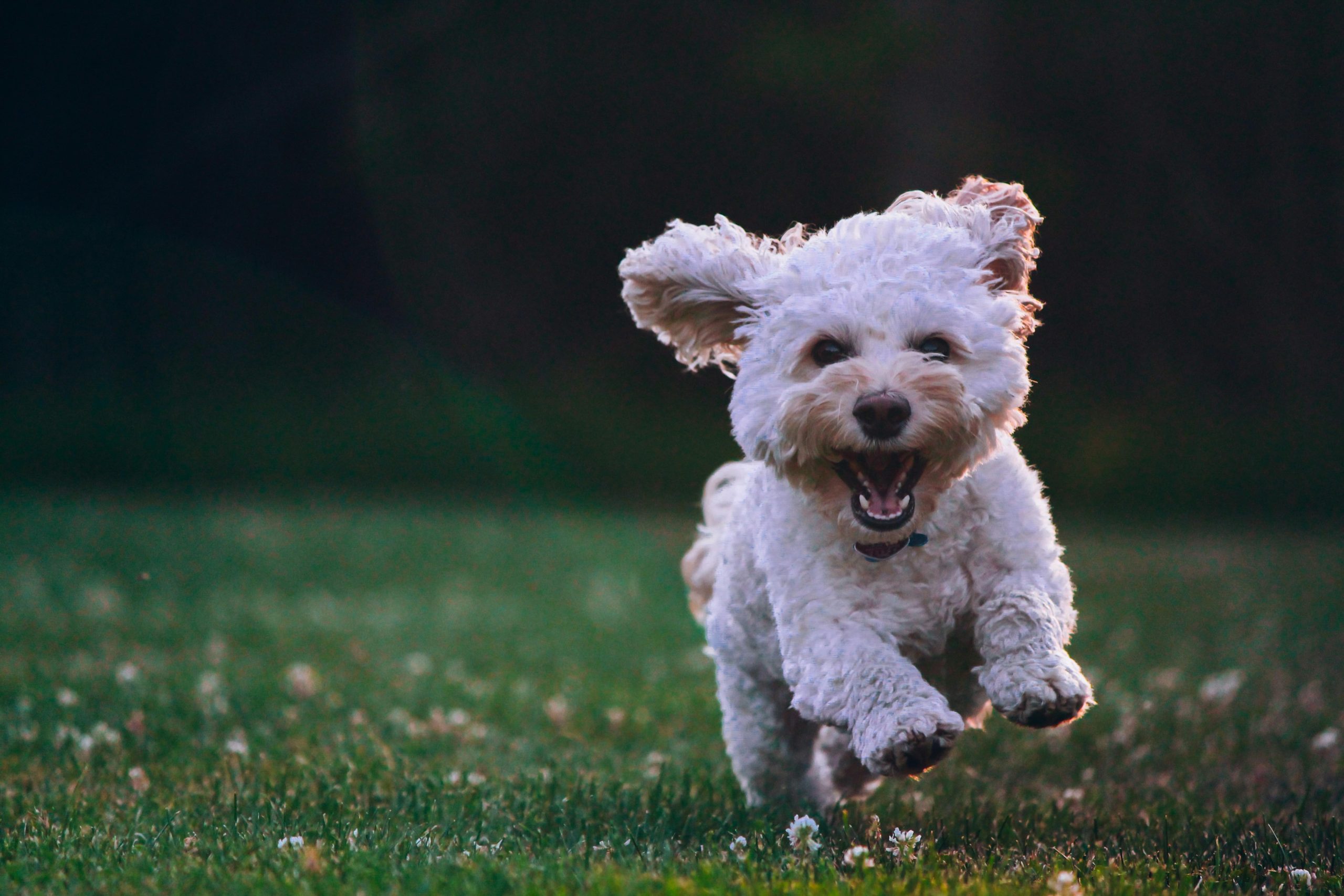
Title: ?
When it comes to training aggressive dogs, many pet owners find themselves at a crossroads, unsure of which path to take. Traditional methods often rely on dominance and physical correction, but a growing movement advocates for a gentler approach known as force-free training. This technique, rooted in positive reinforcement, focuses on understanding a dog’s behavior and encouraging desirable actions without the use of force or intimidation. In this article, we’ll explore the principles behind force-free training and examine whether this compassionate method can effectively manage and transform aggressive behaviors in dogs. Whether you’re a seasoned dog owner or a newcomer to canine companionship, understanding these methods could be the key to a harmonious relationship with your furry friend. Let’s dive in and discover if force-free training is the solution you’ve been searching for.
Understanding Aggression in Dogs: Identifying Triggers and Behaviors
Dogs, like humans, have their unique personalities and stressors. Recognizing the signs and situations that might trigger aggressive responses in dogs is crucial for effective training. Aggression in dogs can be due to a variety of reasons such as fear, dominance, territorial instincts, or even pain. Observing your dog’s body language is essential to understand these triggers. Look out for signs like:
- Baring teeth or growling
- Stiff body posture
- Ears pinned back
- Raised hackles
Force-free training emphasizes the use of positive reinforcement to modify these behaviors, focusing on rewarding desirable actions rather than punishing negative ones. This approach not only helps in reducing stress and fear in dogs but also builds a stronger bond between the pet and the owner. By identifying the root cause of aggression and employing techniques like desensitization and counter-conditioning, pet owners can guide their furry friends towards more positive behavior patterns without the use of force or intimidation.
The Science Behind Force-Free Training: Why It Works for Aggression
Force-free training is grounded in the principles of behavioral science, emphasizing the use of positive reinforcement to encourage desired behaviors in dogs. By focusing on rewarding good behavior rather than punishing bad behavior, this method creates a learning environment where dogs feel safe and motivated to change. Positive reinforcement leverages the concept of operant conditioning, where dogs learn to associate certain actions with positive outcomes, such as treats or affection. This approach not only fosters a trusting relationship between the dog and the trainer but also addresses the root causes of aggression by reducing stress and anxiety.
- Empathy and Understanding: Force-free training promotes understanding of a dog’s emotional state, helping to identify triggers for aggression.
- Consistency: Repetitive positive reinforcement helps dogs internalize good behavior, making it a natural response over time.
- Focus on Communication: This method enhances communication between dogs and their handlers, reducing misunderstandings that can lead to aggression.
- Building Confidence: Dogs become more confident and less fearful, which is often a root cause of aggressive behavior.
By using scientific principles and a compassionate approach, force-free training not only helps manage aggression but also strengthens the bond between dogs and their humans, leading to a harmonious coexistence.
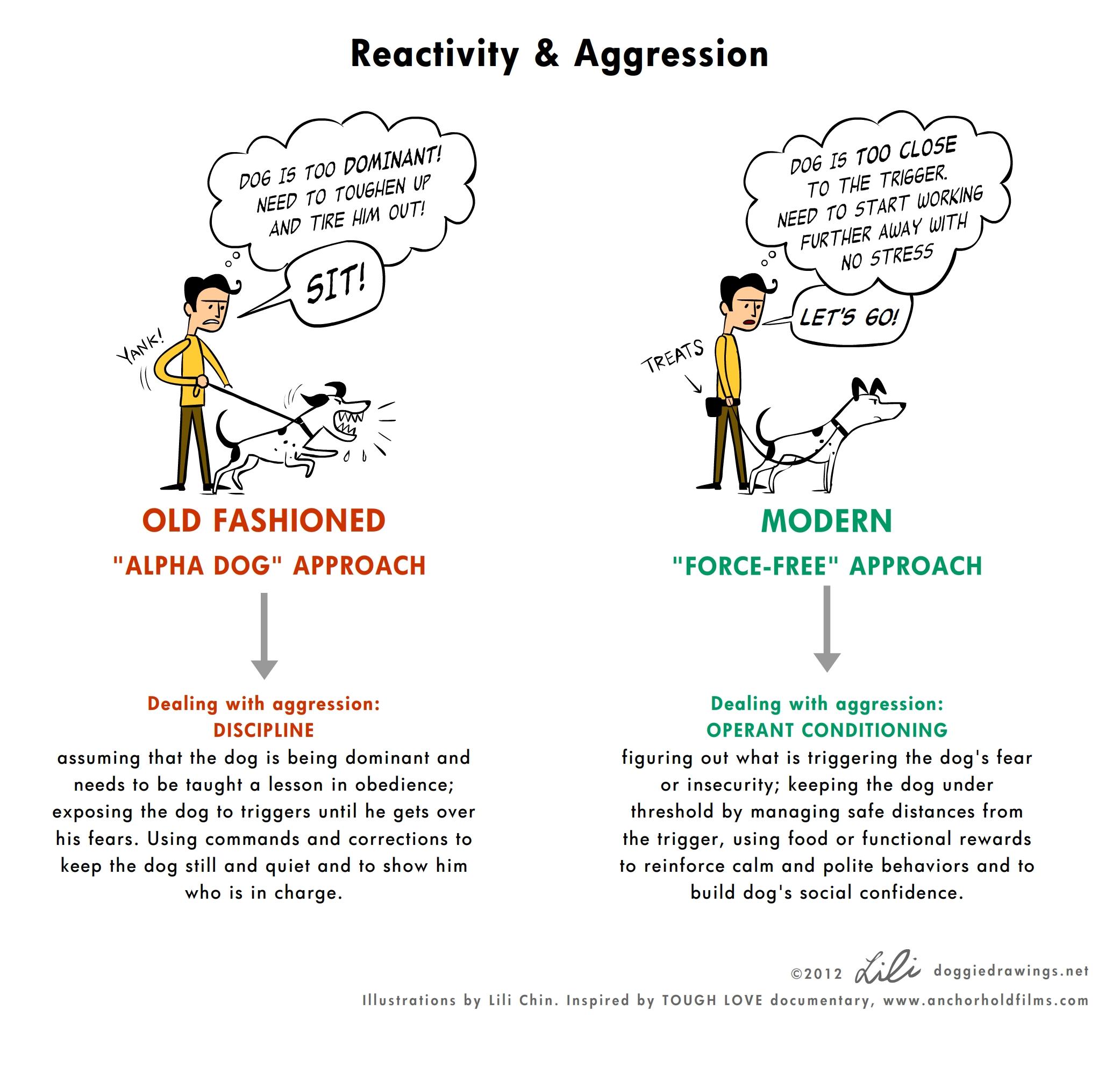
Practical Tips for Implementing Force-Free Techniques with Aggressive Dogs
Successfully managing aggressive behaviors in dogs using force-free methods requires patience, consistency, and understanding. To start, it’s crucial to establish a safe environment where the dog feels secure and not threatened. This can be achieved by maintaining a calm demeanor and avoiding any sudden movements or loud noises that might trigger aggression. Using positive reinforcement, such as treats or praise, encourages desirable behaviors and helps to build trust. Consider the following tips to enhance your training approach:
- Identify Triggers: Pay close attention to the situations or stimuli that provoke aggressive responses. This understanding allows you to gradually desensitize the dog by introducing these triggers at a distance where the dog feels comfortable.
- Use Management Tools: Tools like harnesses or muzzles can ensure safety during training sessions, while still allowing the dog to move and breathe freely.
- Practice Consistency: Keep training sessions short but regular. Consistent practice helps reinforce positive behaviors and reduces stress for both the trainer and the dog.
- Seek Professional Guidance: If the aggression is severe, consider consulting with a certified force-free trainer who can provide personalized strategies and support.
By integrating these practical tips, you can effectively address aggressive behaviors while maintaining a compassionate and respectful training environment.


